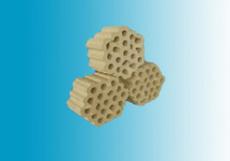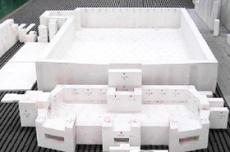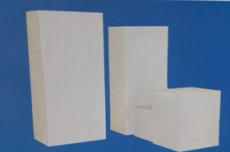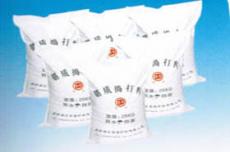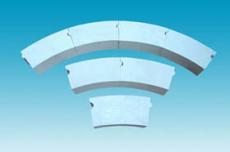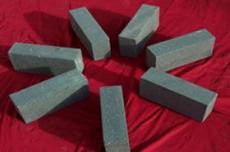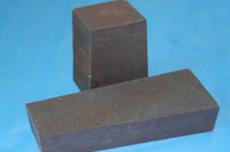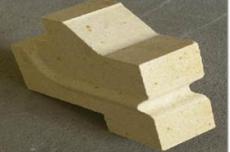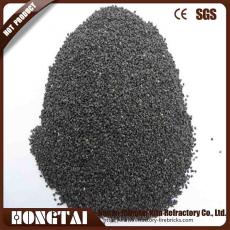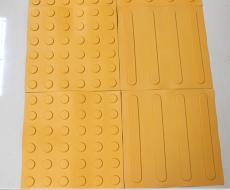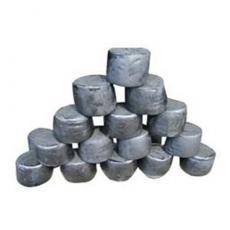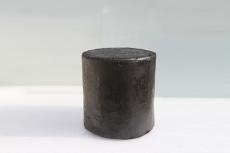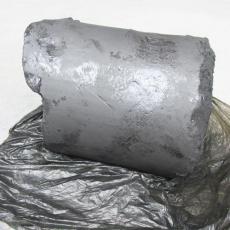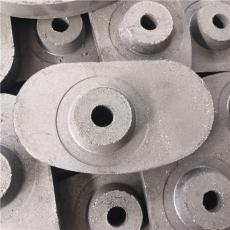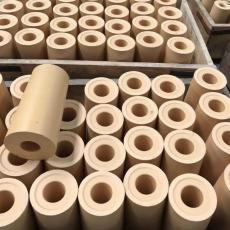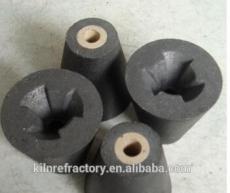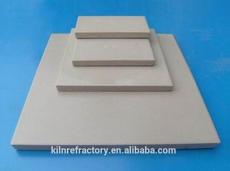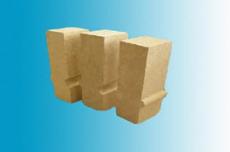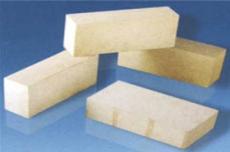
Ceiling bricks (also called anchor bricks) play an important role in the use of refractory materials in industrial kilns.
1. The main function of ceiling bricks
ceiling bricks are mainly used to strengthen the kiln lining materials, especially before adding refractory materials, so that the supporting structure of the kiln lining materials is stable. There are two types of ceiling bricks: wall bricks and top bonding bricks. The top ceiling brick is installed with holes, while the wall brick is installed without holes. The main function of the ceiling brick is to ensure the stability of the kiln lining material structure under high temperature, and prevent deformation or damage due to expansion, contraction and other factors.
2. Key points when choosing ceiling bricks
1). Alumina content: The alumina content of ceiling bricks has a great impact on its performance. ceiling bricks with an alumina content of 55% generally have good elasticity and are suitable for most applications. Although some users prefer bricks with an alumina content of 75% and a softening point of up to 1550 ° C, under actual working conditions, the higher the alumina content, the better. Flexibility is an important indicator of the performance of ceiling bricks, so manufacturers often use bricks with an alumina content of 55% as emergency spare parts because of their flexibility advantages.
2). Material matching: The material of the ceiling brick should be matched with the refractory materials used. This will ensure that the bricks and refractory materials have uniform thermal expansion and contraction, form a strong bond, and effectively extend the service life of the furnace wall.
3. Principles of use of ceiling bricks
1). Site requirements: The number of fixing bricks should be considered according to the temperature fluctuation in the furnace and the size of the furnace wall area. To ensure the stability of the furnace wall lining, the number of fixing bricks per square meter should generally be at least 6.
2). Inspection and control: Before installation, the ceiling holes of the fixing stones should be carefully checked for cracks. If the ceiling holes are too long, the stones cannot be used. If the holes are cracked throughout the sheet, they should be discarded to avoid structural problems caused by stone damage to the furnace wall.
3). Installation: If the brickwork is close to the fixing stone or the fixing stone, the stone should be prepared to accurately identify the location of the fixing stone. Then thoroughly clean the welding points of the metal shell with a wire brush, and select the appropriate welding rod to firmly weld the fixing stone and ensure safe installation.
4). Decoration: After the brickwork is completed, Insert the fixing hook and fill the gap, and cover it with refractory fiber sheet. This step can effectively protect the fixing stone and further improve the stability and durability of the kiln wall.
4. Notes on the production and use of ceiling bricks
Since the number of ceiling bricks (fixing bricks) is relatively small and the mold production is difficult, it is recommended to allow some production time before use. This will help avoid the interruption of kiln construction and maintenance due to production cycle problems, and help the project run smoothly.
Since ceiling bricks are indispensable and important materials for kiln lining, their proper selection, proper use, and standard construction processes are crucial for the efficient operation of the kiln and its long service life.
